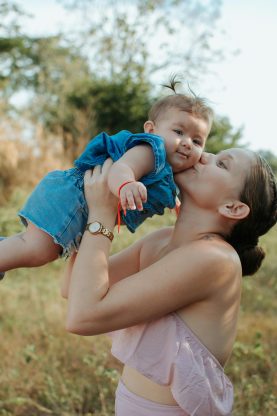Table of Contents
Background Check of the Babysitter
Before hiring a babysitter, it is crucial to conduct a thorough background check to ensure the safety and well-being of your children. This may include checking references, verifying previous childcare experience, and running a criminal background check. By taking the time to verify the credentials and character of a potential babysitter, you can have peace of mind knowing that your children are in capable hands.
On-Demand Childcare in Your Neighborhood
Book a Sitter
Emergency Preparedness
One of the most important safety procedures for babysitting employers is ensuring that the babysitter is prepared to handle emergencies. This includes familiarizing the babysitter with the layout of your home, providing a list of emergency contacts, and going over basic first aid procedures. It is also important to discuss what to do in the event of a fire, natural disaster, or medical emergency to ensure that the babysitter can act quickly and responsibly in the face of danger.
Safe Sleep Practices
Another essential safety procedure for babysitting employers is implementing safe sleep practices for infants and young children. This includes providing a safe sleeping environment with a firm mattress, no pillows or soft bedding, and placing the baby on their back to sleep. It is important to communicate these safe sleep practices to the babysitter and ensure that they are followed to reduce the risk of SIDS and other sleep-related injuries.

Childproofing Measures
Childproofing your home is crucial to preventing accidents and injuries while your children are in the care of a babysitter. This includes securing cabinets and drawers with childproof locks, covering electrical outlets, and removing any choking hazards or small objects that could pose a risk to young children.
By taking the time to childproof your home and communicate these safety measures to the babysitter, you can create a safe environment for your children to play and explore.
Clear Communication with the Babysitter
Last but not least, clear communication with the babysitter is essential for ensuring the safety of your children. This includes discussing any specific rules or guidelines you have in place for your children, such as screen time limits, dietary restrictions, or bedtime routines. It is also important to provide the babysitter with important information such as your contact information, the children’s medical history, and any allergies or special needs they may have. By maintaining open lines of communication with the babysitter, you can address any concerns or questions they may have and ensure that they are equipped to provide the best possible care for your children.
In conclusion, the safety of your children should always be the top priority when hiring a babysitter. By following these five key safety procedures, babysitting employers can ensure that their children are in good hands and well-protected while in the care of a babysitter. Conducting a background check, preparing for emergencies, implementing safe sleep practices, childproofing your home, and maintaining clear communication with the babysitter are all essential steps to creating a safe and secure environment for your children.










